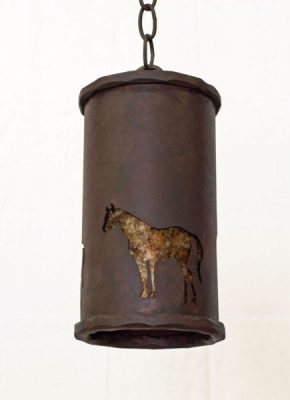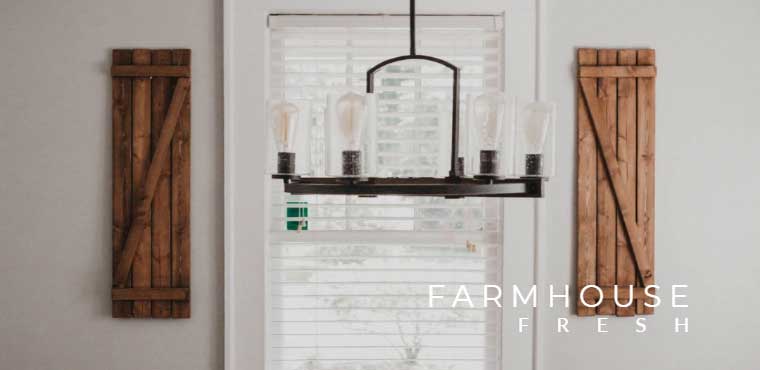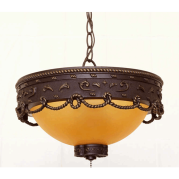Lighting Tips
What is Pendant Lighting?
Pendant lighting can stand alone or be grouped into multiple, complementary fixtures to provide additional lighting or décor. They can be used for functional as well as decorative purposes. The only real qualifier for lighting to fall into this category is that fixtures must be suspended from the ceiling.
A pendant light hangs down from the ceiling and supports a single lighting fixture. Pendant Lighting could be as simple as a naked bulb suspended from the ceiling. Generally, pendants usually feature some kind of casing, such as a globe, shade, drum, or cage.
This could include glass globes or bells of myriad sizes, shapes, and colors, as well as metal shades, plastic shades, paper shades, Mason jars, wire cages, drums, and more. You can find styles as varied as traditional glass globes, industrial metal shades, and modern woven cages or starbursts, among many other choices to suit every aesthetic. Customized fixtures are also an option.

Pendant lights are often used to create a spotlight effect with directional downlighting, helping to draw the eye to a specific area. If uplighting is used, pendants can also bounce light off the ceiling to create ambient illumination. Pendants could work as either a primary or secondary light source.
In addition, pendant lights need not take up desk or counter space like lamps. In spaces with tall ceilings, they can allow better control of how overhead lighting illuminates usable space. They also add to the aesthetic appeal of any business location because they act as an item of décor in addition to a functional lighting piece.
When hanging pendant lights, practical considerations are important. You must think about how high to hang fixtures for lighting impact versus conflicting with.


